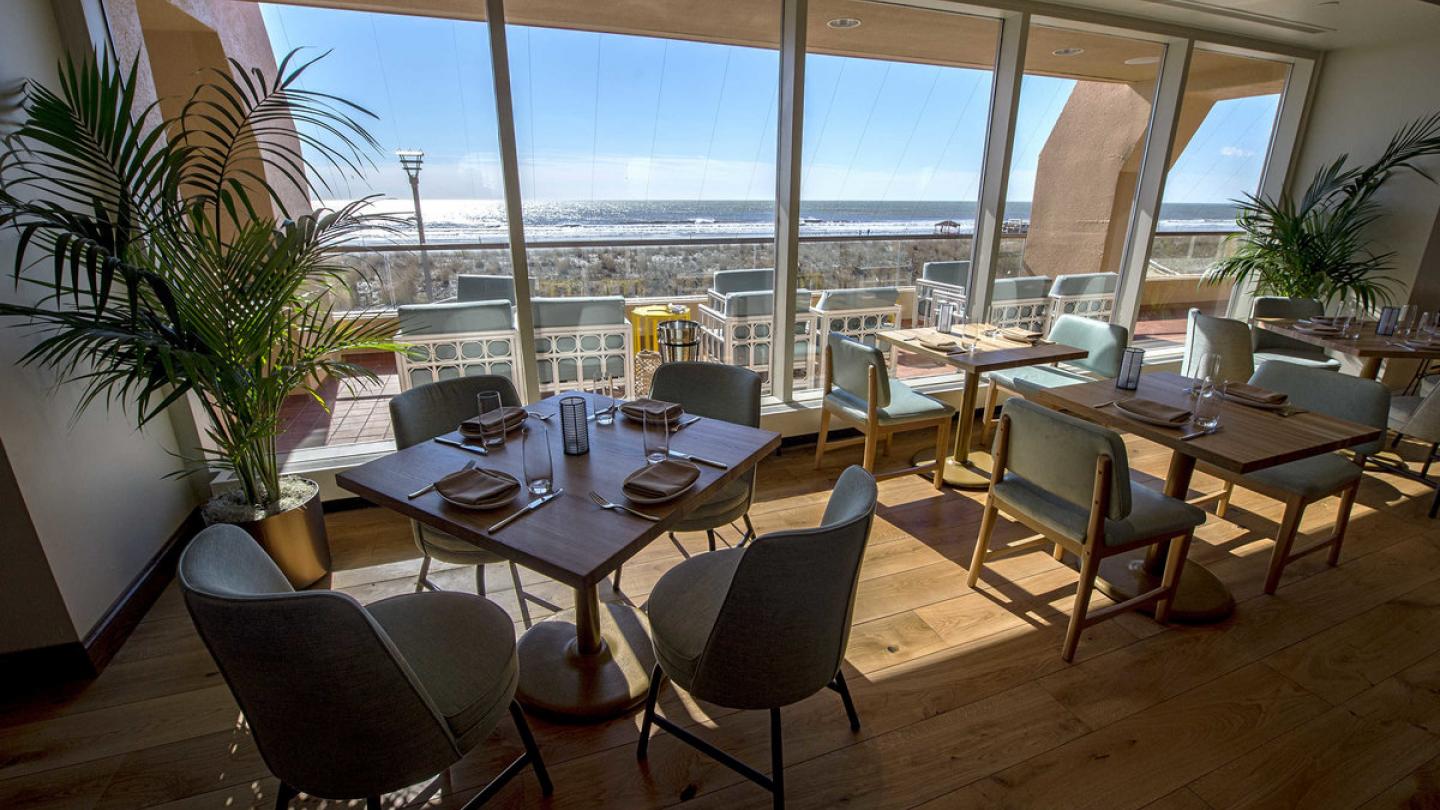
Green building and green building materials have been steadily growing in popularity for the last decade or more. According to a 2019 Business News Daily report, more than 80% of surveyed consumers said they felt it was “important or extremely important” for companies to design environmentally friendly conscious products.
Savvy homeowners and consumers are beginning to realize that the materials they choose to put into their homes impact more than their function and style; they also impact the environment and sometimes even the health of those who live there. Sustainability, green and eco-friendly have become more than just buzzwords: They have become a staple in people’s lives.
Ready to Discover More?
Your next project is just around the corner. Browse our product galleries for more inspiration.
Reclaimed wood, or wood that has been reclaimed for reuse, started off as an aesthetically pleasing design trend. But it has quickly gained momentum as a sustainable building material, sweeping the commercial building industry by storm. Reclaimed wood products are the perfect way to check off an item on your sustainability checklist.
Below is a basic guide to reclaimed wood. You will learn where it comes from, how it is transformed, what makes it green, and most importantly, how reusing it can be a sustainable solution for your next residential or commercial project with examples to inspire.
What Is Reclaimed Wood?
Reclaimed wood is salvaged wood from old barns and structures. It is any wood that has previously been used in an old building or project instead of using new wood. This ensures the wood lives on, saving it from entering a landfill to rot and waste away.
Reclaimed wood is warm, versatile and full to the brim with history. Since it does not rely on new cut trees or timber, it has much less of an environmental impact than using new wood or another building material. It also is not a manufactured product, with all the chemicals and issues that entails.
Reclaimed lumber offers beauty and character that no other type of wood can offer. It has a story that adds to the appeal of your finished project. It is one-of-a-kind, gorgeous, and can add curiosity and pizazz to any room.
When it comes to durability, reclaimed lumber is up to 40 points harder on the Janka hardness scale than virgin wood because it comes from old-growth trees that have expanded from the elements instead of first-generation forest trees.
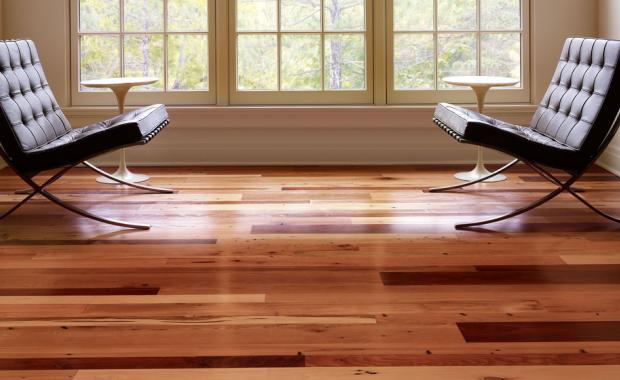
Where Does Reclaimed Wood Come From?
Reclaimed wood is salvaged wood from old buildings, old barns and other rural structures that pre-date the 1930s. Out of respect for the heritage and architectural history of buildings, Elmwood only deconstructs buildings and barns that are condemned, abandoned or completely beyond repair.
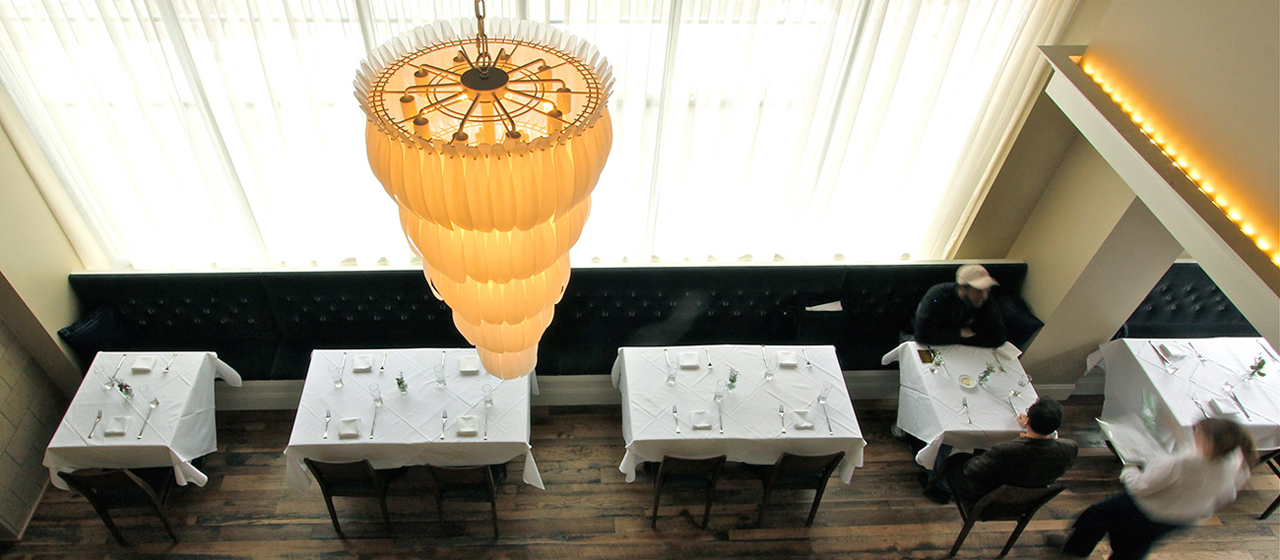
How Is Reclaimed Wood Readied for Use?
Reclaimed wood is readied for use with a multi-step process that transforms it from its previous condition into the beautifully milled and ready-to-use wood that you can purchase from Elmwood. After the old-growth wood is salvaged from an old building, it is received at our warehouse to be denailed.
The barn wood is given a thorough, deep surface cleaning with a high-pressure washer to remove any dirt or debris. This process also ensures a uniform surface color and finish for the finished product.
The lumber needs to then be rough milled, which brings the wood to a rough uniformity in thickness and helps group differently-sourced boards together to combine them for easier usage. Since the wood has been open and exposed to the outside elements for years, the lumber needs to be kiln-dried.
Once the wood is completely dry, it is planed and ripped into various sizes of widths, thicknesses and lengths. From here, the wood is molded and the finishing process can begin. The reclaimed wood is now ready to be used in a wide variety of projects.
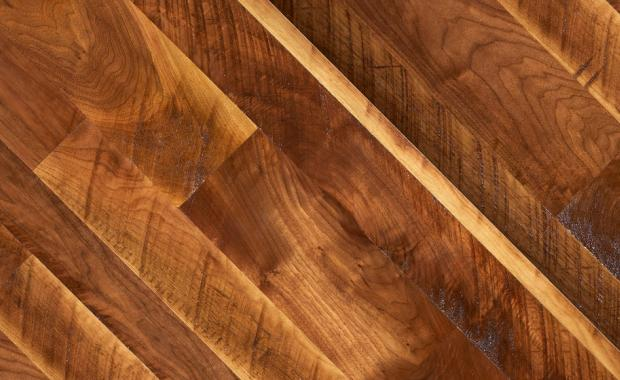
What Makes Reclaimed Wood Sustainable?
There is a staggering amount of environmental benefits associated with incorporating reclaimed wood into a project.
Reclaimed wood is a type of wood found in old rural buildings that have served their purpose. The cost associated with repair or renovation far outweighs the benefits, so usually, the building is abandoned. The process of dismantling abandoned buildings to reclaim the wood is more complex than demolishing, but the total financial and environmental cost of disposing of demolition debris is significant.
Wood floors that use newly harvested trees are often cut from hardwood forests. Hardwood is a slow-growing process, so even when corporations plant trees to replace the ones they cut, it makes a huge impact on the forest and the surrounding environment. Reclaimed wood is different — these trees were harvested more than 100 years ago. Any impact their cutting had on the environment is now diminished.
Replacement materials, such as laminate and vinyl, meant to look like wood are problematic for other reasons. They use plastics and chemicals that can release harmful VOCs into the environment when manufactured and for up to 5 years after manufacture as well. They also don’t last as long as real wood, so within just a couple of decades, they’re being pulled up and discarded. It’s very difficult to find recycling plants that will take these materials, so they end up in landfills where they harm the environment even more.
By taking the existing wood and giving it a new life, you lessen the impact that the original harvesting had even more. The wood is getting use and purpose, without requiring new trees to be cut and without harmful manufacturing processes. And because reclaimed wood is real wood, your new reclaimed wood floor will still last just as long as a new cut wood floor, so you won’t be tearing it up and replacing it in a short time, the way that you would need to with some other materials. This makes the reclaimed wood products far more sustainable than anything else that’s currently on the market.
How Is Reclaimed Wood a Solution for Commercial Building Materials?
Reclaimed wood products are available in many of the same colors, styles and species of wood that you can get in new cut wood products. Depending on your personal style preference and project needs, it’s possible to find a reclaimed wood product that will be the perfect match for your project without harming the environment.
Plus, with an established company like Elmwood, you get access to a large, reliable supply chain network that allows you to create similar looks and styles year after year. You don’t have to worry about using a style once and never being able to use it again.
Designing With Reclaimed Wood
Reclaimed wood flooring and wood panels are available in many of the same species of wood, styles, and colors that you love in newly cut wood products. They may have some added character and patina that enrich their appearance, or they may be nearly indistinguishable. Depending on your personal style and needs, it’s possible to find a reclaimed wood floor that will be the perfect match for your home. Besides wood floors and wood panels, there are also reclaimed wood products such as shelves, mantels and ceiling beams that can be incorporated into an interior design.
And if you have a rustic home or a historic home that you’re trying to match materials and finishes for, reclaimed wood is able to effortlessly meet your needs. You can find wood that already has a rustic finish or that has a patina and finish that will make it look like it was installed in your home decades ago.
In many ways, using reclaimed wood products is a lot like using newly sawn wood products. You’ll choose the species of wood, grain, color, and finish that you want to match the rest of your interior design. The floor or wall paneling will perform beautifully year after year, enhancing your home without harming the environment.
You can use Elmwood’s American Cherry Flooring for a rustic, warm look and pair it with Cherry Wood Wall Paneling for your ceiling, columns, walls or accents.
You can use Elmwood’s Reclaimed Oak Flooring for a stand-out floor that includes a plethora of colors and grains. We also recommend our Oak Wall Paneling for a stress lowering, inviting addition to your walls, ceilings and more.
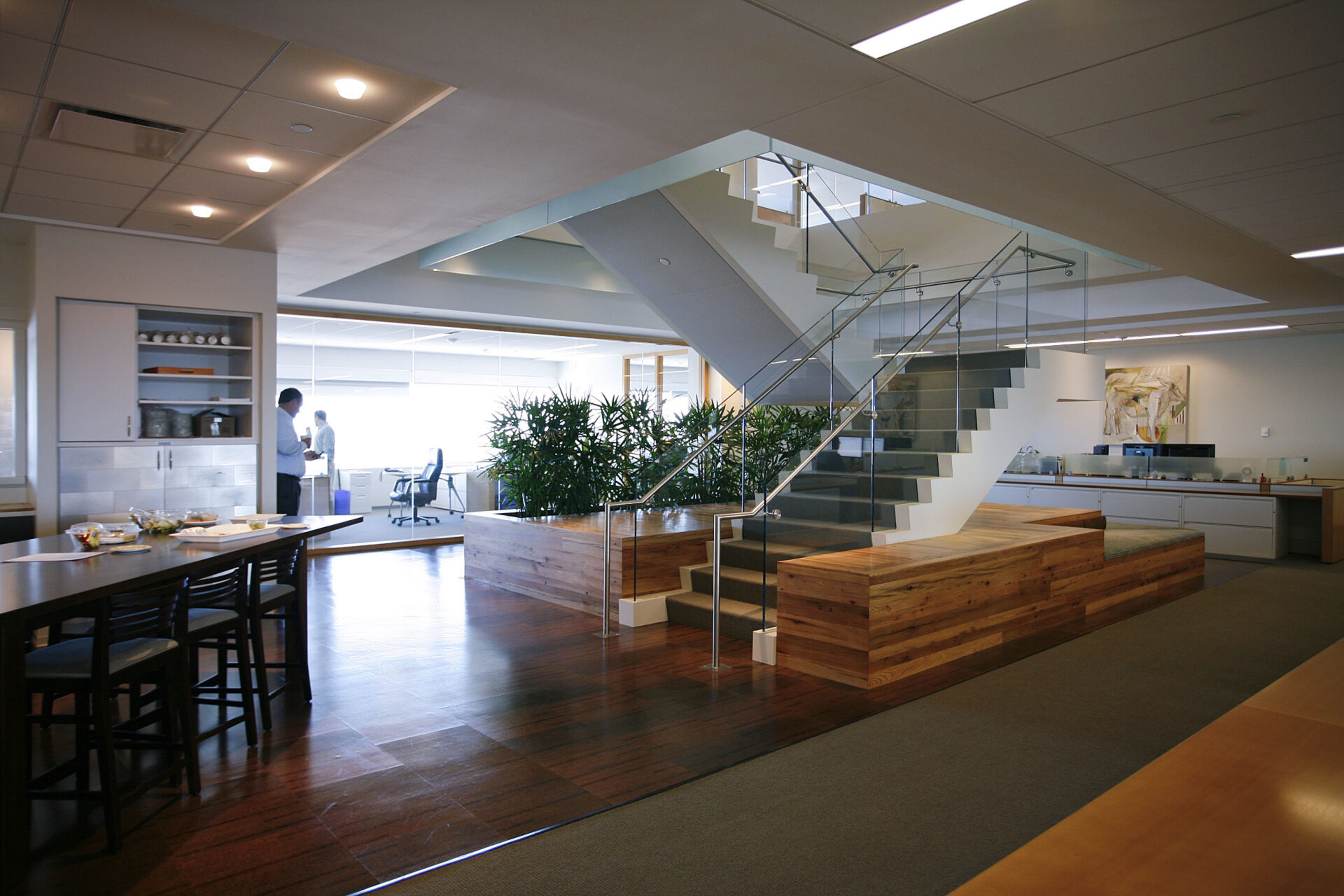
Pine adds character, depth and ambiance to a room with color ranging from the creamier pinkish-tan of the sapwood to rich, gold, oranges and reds found toward the “heart” of the wood. Elmwood’s Pine Flooring is a showstopper that complements most interior designs.
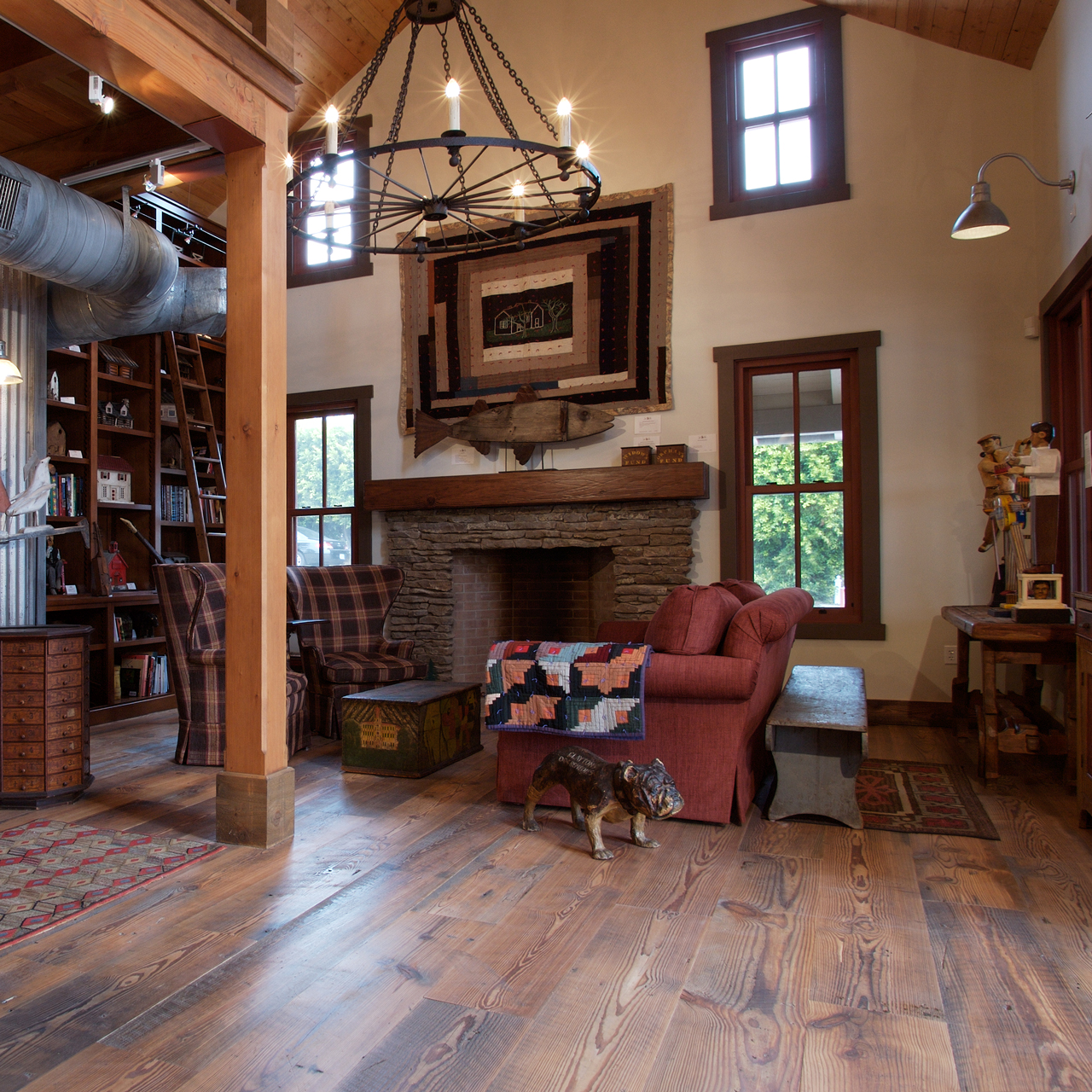
Get a Sustainable Wood Floor for Your Home or Business
If you’re building an environmentally friendly home, be sure to choose reclaimed wood products for the design. Reclaimed wood can give you the look you want, while meeting your goals at the same time. Visit Elmwood Reclaimed Timber for more information, and get a more sustainable home with reclaimed wood.
In a climate where sustainability is more important than ever, you can trust you are making the right choice in sustainable hardwood flooring when you choose Elmwood Reclaimed Timber. Check out Elmwood’s wide plank wood flooring for more information or request a quote to get started on your next project.
